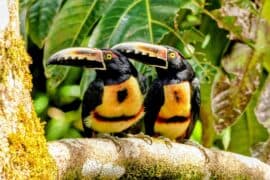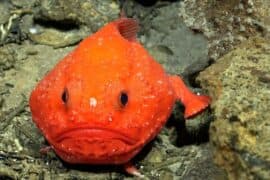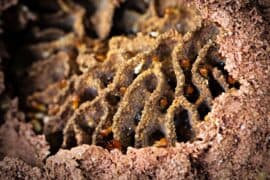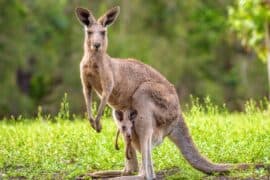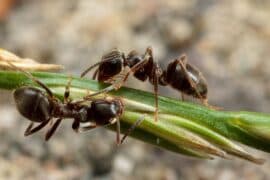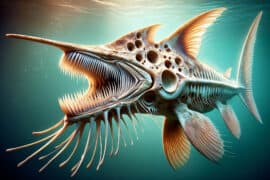Prairie skink
(Plestiodon septentrionalis)
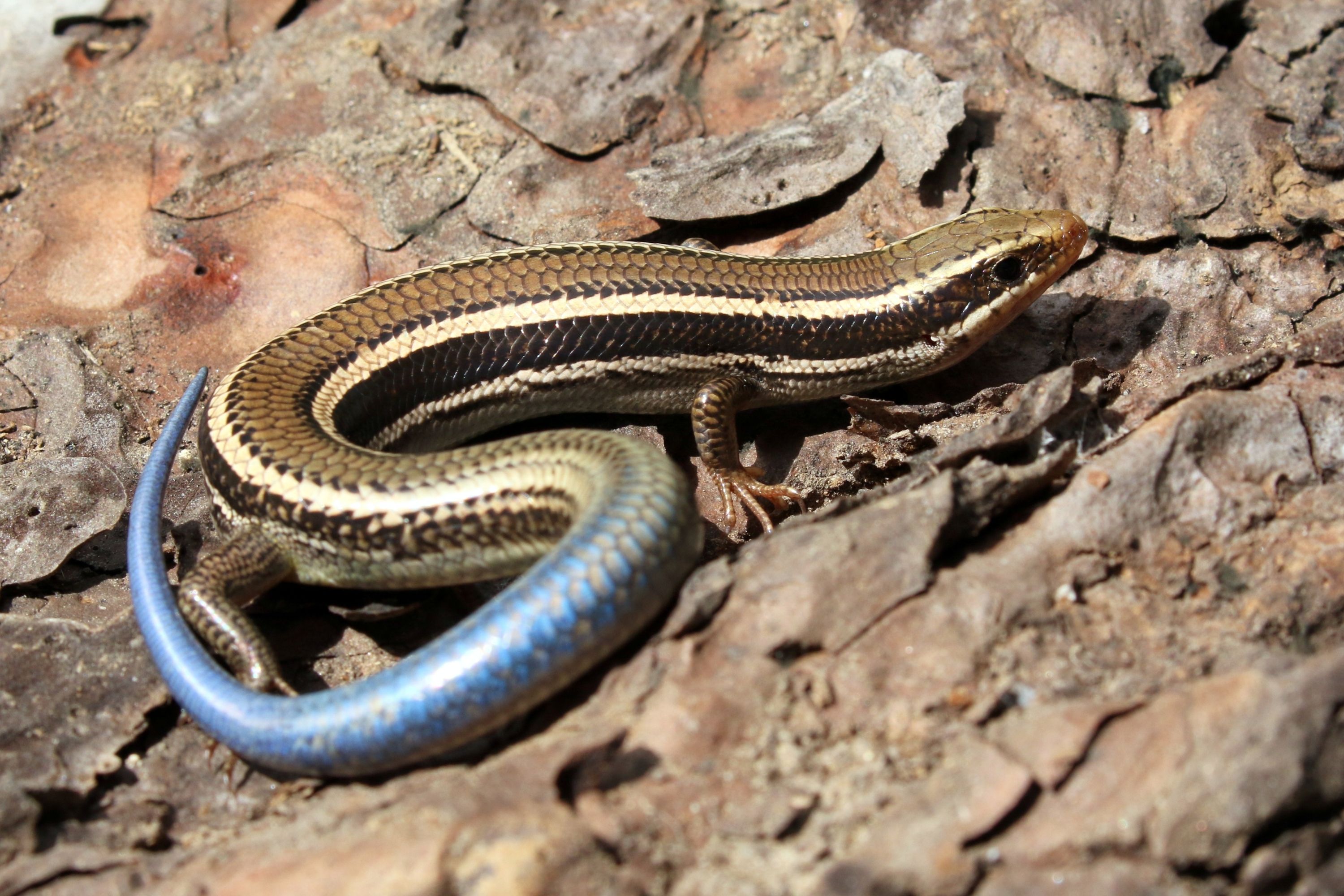
Description
The prairie skink (Plestiodon septentrionalis) is a species of skink endemic to the prairies east of the Rocky Mountains in North America. It is one of only seven species of lizards that occur in Canada. The prairie skink is a small lizard, reaching a total length (body + tail) of about 13 to 22 cm (5 to nearly 9 inches). Adult prairie skinks are brown or tan on the back and darker on the sides and have several thin lighter stripes along the sides and the back. Juveniles have bright blue tails, the color of which fades when they mature. The prairie skink lives in sandy habitat or open grasslands with loose soil, preferably with some rocks providing shelter and places to bask in the sun, and close to a water source. Prairie skinks are good burrowers; they hibernate in burrows they dig themselves below the frost line. They are very secretive and are rarely seen in the open except during their breeding season in spring. Prairie skinks hibernate from about September to late April. In spring, when they emerge, the males start developing a bright orange coloring on the jaws and throat: the breeding season has begun. The female lays eight to ten eggs after a gestation time of about 40 days. The eggs hatch in August; hatchlings are about 5 cm (2.0 in) long. They reach sexual maturity in their third year. The ranges of the two subspecies are disjunct. The range of the northern subspecies extends from eastern North Dakota and Minnesota south to central Kansas. A small isolated population lives in southwestern Manitoba in Canada—it is the only lizard in Manitoba and is one of only seven lizard species to occur in Canada; the northern prairie skink is protected in Canada. The southern subspecies occurs in Oklahoma and Texas.
Taxonomic tree:

